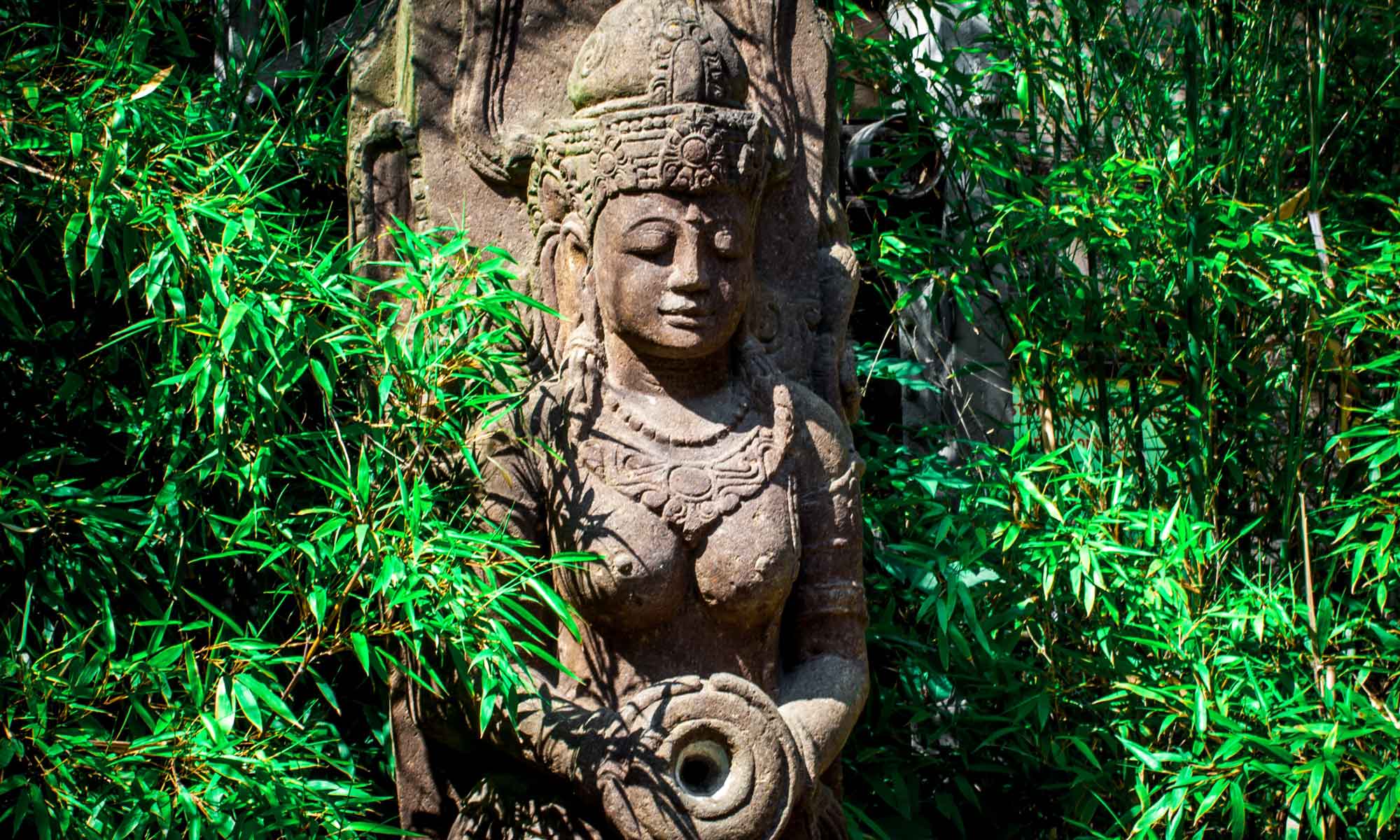“Moving from Lateral Oppression to a Culture of Kindness“
with Sherri Mitchell
Thursday, May 2, 2024 at 3pm Eastern Time
REGISTER HERE

“In this Salon we will look at shifting from lateral violence to lateral kindness as an expression of an emerging cultural paradigm. Lateral kindness is the reclamation of our pre colonial cultures and authentic identities, where care for one another was central to our survival and wellbeing. Respect is a key tenet to all healthy and intact cultures across the world.”

Sherri Mitchell -Weh’na Ha’mu Kwasset, is an Indigenous attorney, activist, and author from the Penobscot Nation. She is an alumna of the American Indian Ambassador Program and the Udall Native American Congressional Internship Program. Sherri is the author of Sacred Instructions; Indigenous Wisdom for Living Spirit-Based Change and a contributor to more than a dozen anthologies, including the best-seller All We Can Save: Truth, Courage, and Solutions for the Climate Crisis and Growing Up Native in America.

Sherri is the Executive Director of the Land Peace Foundation, an educational organization dedicated to the protection and preservation of the Indigenous way of life and environmental equity and justice. She has worked with some of the largest NGO’s in the world on decolonizing relationships between Peoples and lands. She currently serves as a Trustee for the American Indian Institute, an Indigenous Advisory Council member for Nia Tero’s Indigenous Land Guardianship Program, and a board member for the Post Carbon Institute. Sherri is the recipient of several human rights and humanitarian awards, and her portrait is featured in the esteemed portrait series, Americans Who Tell the Truth. She is also the convener of the global healing ceremony – Healing the Wounds of Turtle Island, a gathering that has brought together more than fifty-thousand people from six continents to focus on healing our relationships with one another and with our relatives in the natural world.
~~~~~~~~~~~~~~~~~~~~~~~~~~~~
Save these dates for these upcoming ASWM Salons:
Thursday, May 16 , 2024 at 3pm Eastern Daylight Time:
with Jamie Figueroa, “Mother Island: A Daughter Claims Puerto Rico”
*****
Thursday, May 30, 2024 at 3pm Eastern Daylight Time
with Guadalupe Urbina, singer-songwriter/poet/artist/activist

This Salon recording will also be available to members when processed after the event.









You must be logged in to post a comment.